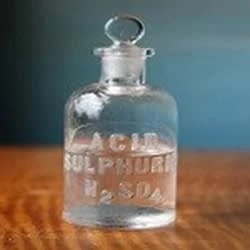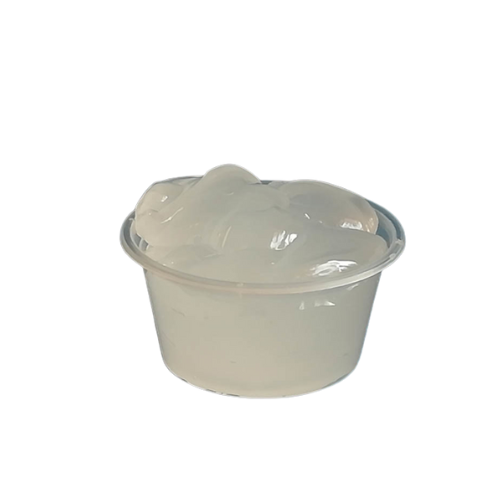Sodium Lauryl Ether Sulfate (2EO 70%)
|
IUPAC Name |
: 1-dodecoxydodecane |
|
Cas Number |
: 68585-34-2 |
|
HS Code |
: 3402.11.00 |
|
Formula |
: CH3(CH2)10CH2(OCH2CH2)nOSO3Na |
Basic Info
|
Appearance Name |
: Yellowish white paste |
|
Common Names |
: SLES |
|
Packaging |
: 170 KG Drums, 20.06 MT |




.webp)

 English
English
 Indonesian
Indonesian
 简体字
简体字
 العربية
العربية
 Español
Español
 Français
Français
 Português
Português
 日本語
日本語
 한국어
한국어
 Tiếng Việt
Tiếng Việt
